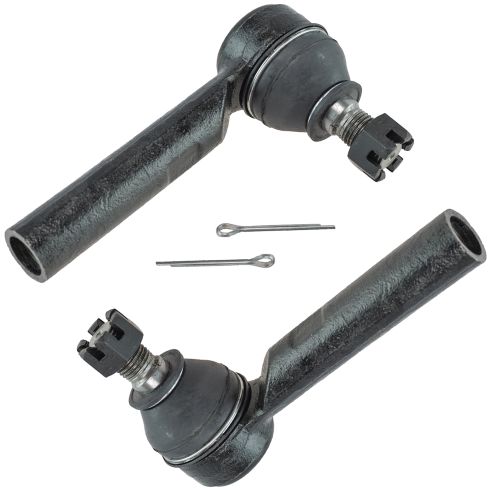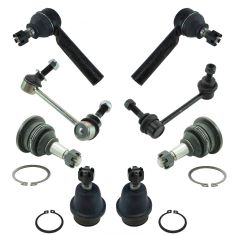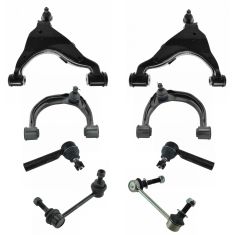1ASFK04050-Toyota Lexus Front Driver & Passenger Side Outer 2 Piece Tie Rod Set TRQ PSA55455

Replaces
2009 Toyota FJ Cruiser Front Driver & Passenger Side Outer 2 Piece Tie Rod Set TRQ PSA55455

Product Reviews
Loading reviews
5.00/ 5.0
3
3 reviews
Great part
May 7, 2018
Instead of paying a garage a ridiculous amount of money to fix my tie rod ends I decided to do it myself. I ordered these from 1A auto and threw them on without any issues. Great part. Great company.
tie rod outer
March 31, 2021
works great, perfect fit.
November 9, 2021
Great parts
Customer Q&A
Is these parts are compatible with FJ cruiser 2014 ?
November 29, 2021
10
This is not the correct part for your vehicle, but we do carry the one you need. The correct part number is: MGSFK00137
November 29, 2021
Cristina P
Toyota is a registered trademark of Toyota Motor Corporation. 1A Auto is not affiliated with or sponsored by Toyota or Toyota Motor Corporation.
See all trademarks.








